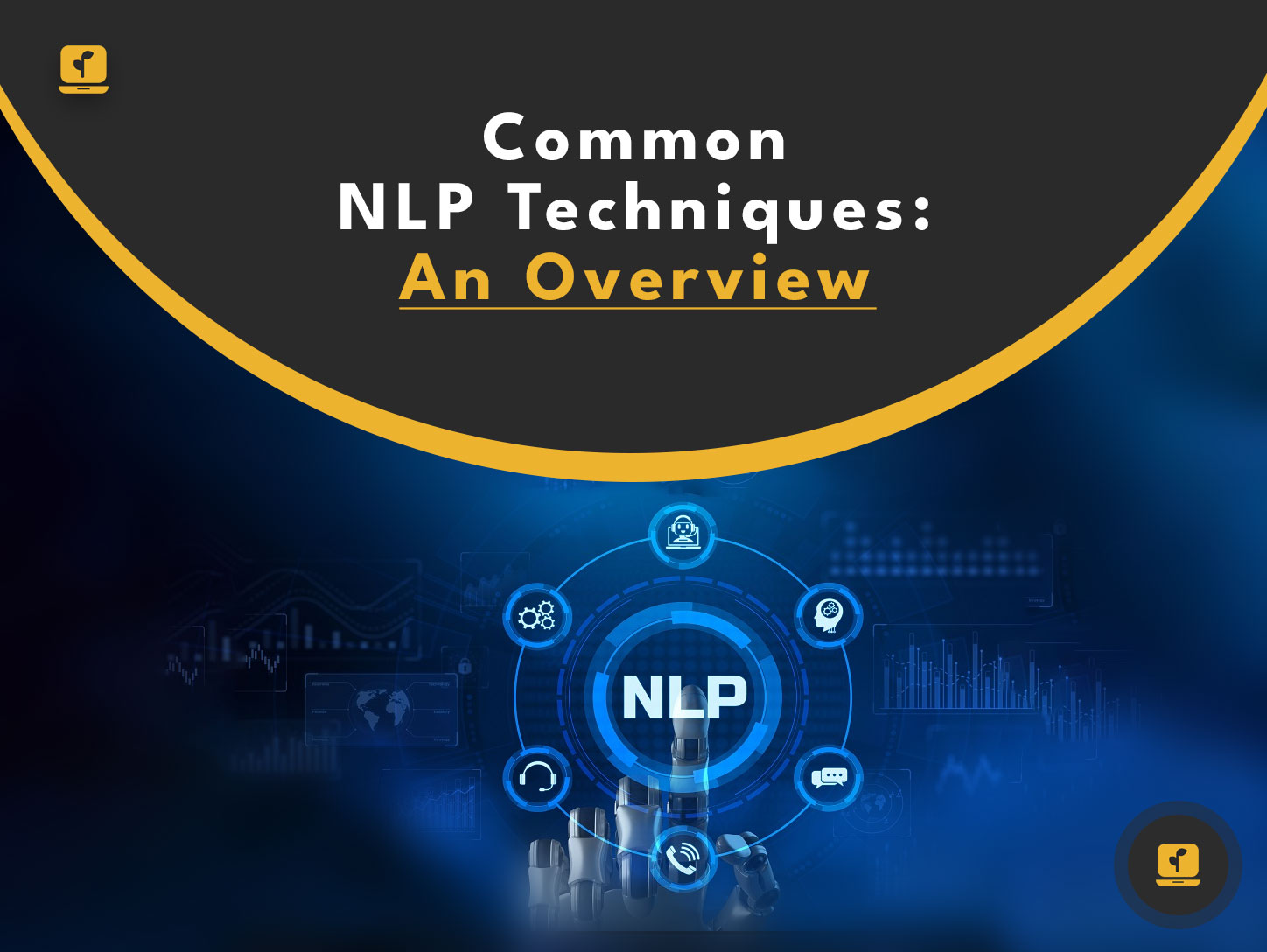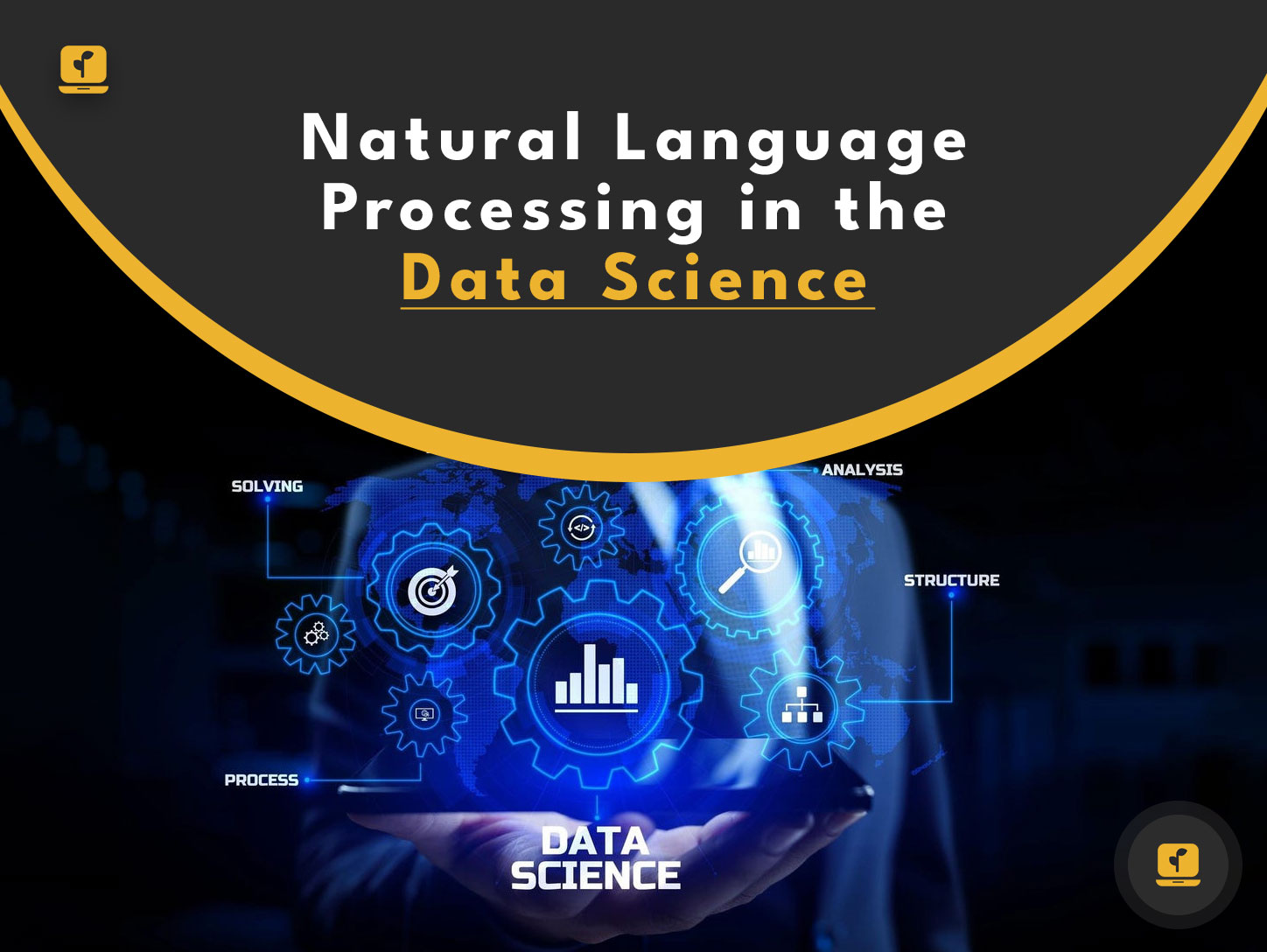As an AI expert, I have gained an in-depth understanding of Natural Language Processing (NLP) and its techniques. NLP is a field of Artificial Intelligence that deals with the interaction between humans and computers using natural language.
Table of Contents
It has become increasingly important in recent years, with its applications being used in various fields, including healthcare, finance, and e-commerce. In this article, I will provide an overview of common NLP techniques and how to implement them.
Introduction to Natural Language Processing (NLP)
NLP is a field of Artificial Intelligence that focuses on the interaction between humans and computers using natural language. It involves the use of algorithms and statistical models to analyze and understand human language.
NLP enables computers to understand, interpret, and generate human language, making it possible to perform tasks such as sentiment analysis, language translation, and speech recognition.
Common NLP Techniques – An Overview
There are several NLP techniques used to analyze and understand human language. These techniques include:
Tokenization
Tokenization is the process of breaking down text into individual words or phrases. It is a crucial step in NLP as it helps to standardize the text and make it easier to analyze. Tokenization can be done at the word or sentence level.
Part-of-speech (POS) tagging
POS tagging is the process of labeling each word in a sentence with its part of speech. This technique is used to understand the meaning of a sentence and the relationships between the words in the sentence.
Named Entity Recognition (NER)
NER is a technique used to identify and extract named entities from text. Named entities can be people, organizations, locations, or other types of entities. NER is used in applications such as information extraction, question answering, and sentiment analysis.
Sentiment Analysis
Sentiment analysis is the process of identifying and extracting the sentiment of a piece of text. It involves analyzing the text to determine whether the sentiment is positive, negative, or neutral. Sentiment analysis is used in applications such as social media monitoring, customer feedback analysis, and brand monitoring.
NLP Models for Extracting Information from Unstructured Text
NLP models are used to extract information from unstructured text. Unstructured text refers to text that is not organized in a specific format, such as emails, social media posts, and news articles. NLP models are used to extract structured data from unstructured text, making it easier to analyze and understand.
Latent Dirichlet Allocation (LDA)
LDA is a technique used for topic modeling. It is used to identify the topics in aـ collection of documents and to assign the documents to the relevant topics. LDA is used in applications such as document clustering, information retrieval, and recommendation systems.
Recursive Neural Networks (RNNs)
RNNs are a type of neural network that can handle sequential data. They are used in applications such as language modeling, speech recognition, and machine translation. RNNs are particularly useful for analyzing text data as they can take into account the context and sequence of words in a sentence.
Convolutional Neural Networks (CNNs)
CNNs are a type of neural network that is used for image analysis. However, they can also be used for text analysis. CNNs are particularly useful for analyzing text data that has a spatial relationship, such as text in a document or a web page.
Applications of NLP
NLP has many applications in various fields, including healthcare, finance, and e-commerce.
Healthcare
NLP is used in healthcare to analyze patient data and to identify patterns and trends. It is also used to develop predictive models for disease diagnosis and treatment.
Finance
NLP is used in finance to analyze financial news and social media data to identify market trends and to make investment decisions.
E-commerce
NLP is used in e-commerce to analyze customer feedback and to develop personalized marketing campaigns. It is also used to improve customer service by analyzing customer queries and providing relevant responses.
Examples of Natural Language Processing Techniques
Example 1: Sentiment Analysis
Sentiment analysis is used to analyze the sentiment of customer feedback. For example, a hotel chain may use sentiment analysis to analyze customer reviews and to identify areas for improvement.
Example 2: Language Translation
Language translation is a common NLP application. For example, Google Translate uses NLP techniques to translate text from one language to another.
Example 3: Chatbots
Chatbots are a common application of NLP. They are used to provide customer service and to automate tasks such as booking a flight or making a hotel reservation.
Deep Learning in NLP – An Overview
Deep Learning is a subset of machine learning that uses neural networks to learn from data. It has been used in NLP to improve the accuracy of models and to handle more complex tasks.
Deep Learning Techniques for NLP
There are several deep learning techniques used in NLP, including:
Recurrent Neural Networks (RNNs)
RNNs are a type of neural network that is used for sequential data. They are used in applications such as language modeling and machine translation.
Convolutional Neural Networks (CNNs)
CNNs are a type of neural network that is used for image analysis. However, they can also be used for text analysis. CNNs are particularly useful for analyzing text data that has a spatial relationship, such as text in a document or a web page.
Transformers
Transformers are a type of neural network that is used for language modeling. They have been used in applications such as machine translation and text summarization.
NLP in Data Science
NLP is an important tool in data science. It is used to analyze and understand text data, which is becoming increasingly important in the era of big data.
Extracting Information from Unstructured Text Using Algorithms
NLP algorithms are used to extract structured data from unstructured text. This data can then be used for analysis and modeling.
NLP Methods
NLP methods are used in data science to preprocess text data, to extract features, and to build models. These methods include tokenization, POS tagging, and NER.
How to Implement NLP Techniques
Implementing NLP techniques requires knowledge of programming languages such as Python and knowledge of NLP libraries such as NLTK and spaCy.
Step 1: Data Collection
The first step in implementing NLP techniques is to collect the data. The data can be in the form of text documents or data from social media platforms.
Step 2: Data Preprocessing
The data must be preprocessed before it can be analyzed. This includes tasks such as tokenization, POS tagging, and NER.
Step 3: Feature Extraction
The next step is to extract features from the preprocessed data. This includes tasks such as bag-of-words and TF-IDF.
Step 4: Model Building
The final step is to build a model using the extracted features. This can be done using machine learning algorithms such as Naive Bayes and Support Vector Machines.
Conclusion and Future of NLP
NLP is an important field of Artificial Intelligence that has many applications in various fields. Its techniques, including tokenization, POS tagging, and NER, are used to analyze and understand human language.
Deep learning techniques, including RNNs, CNNs, and Transformers, are used to improve the accuracy of models and to handle more complex tasks. NLP is an important tool in data science, used to analyze and understand text data. With the increasing importance of text data, NLP is likely to become even more important in the future.













